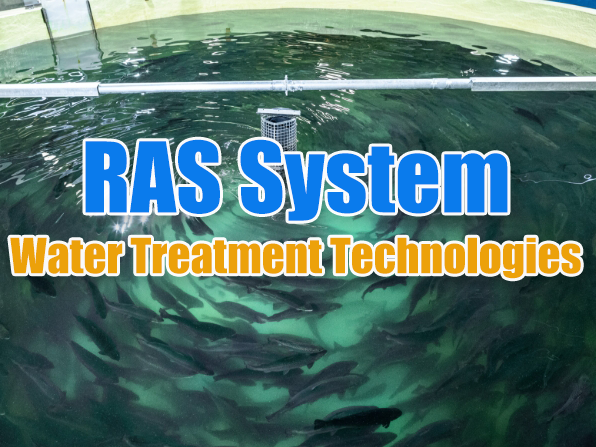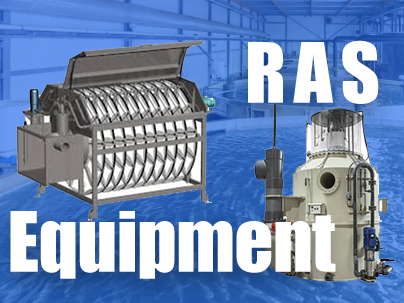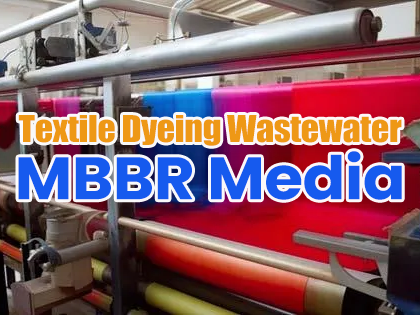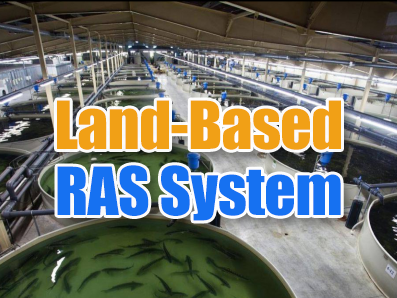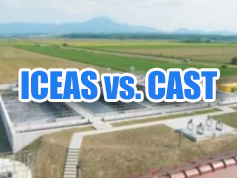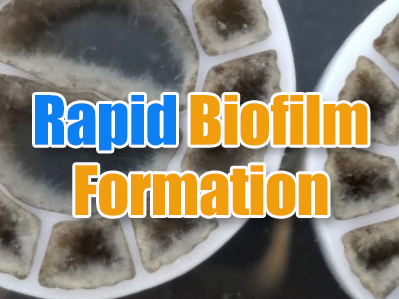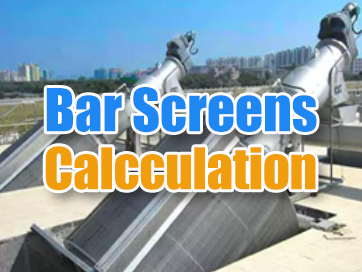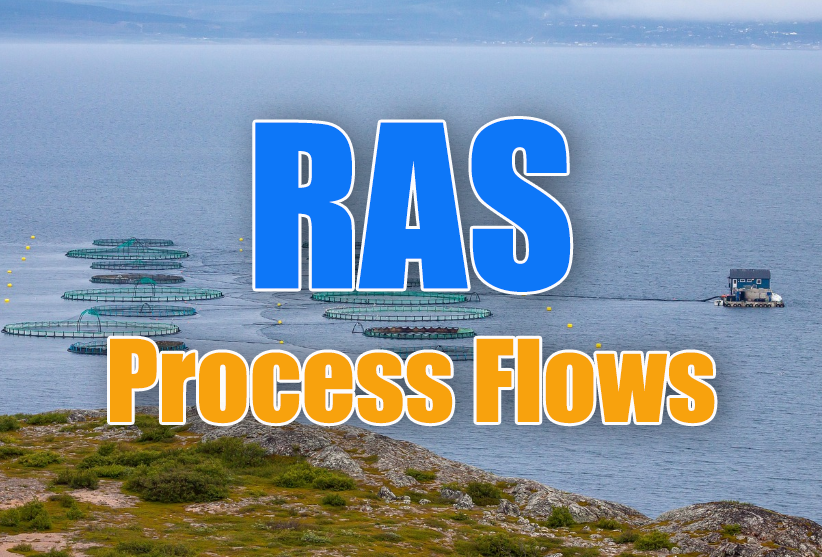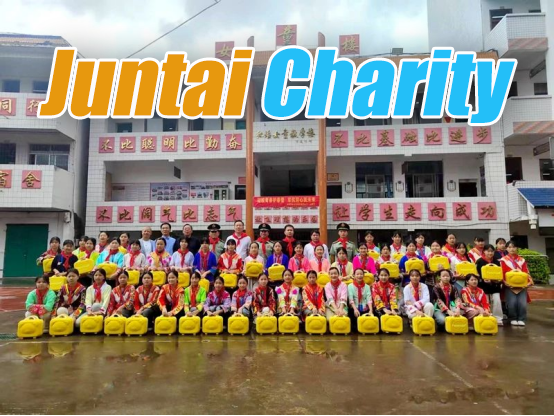 +86 13600513715
+86 13600513715 Process Flows and Core Equipment in Species-Specific RAS
Introduction
Recirculating Aquaculture Systems (RAS) require tailored process designs and specialized equipment configurations to meet the distinct biological and environmental needs of different cultured species. Variations in waste production, oxygen demand, sensitivity to water quality, and behavioral traits necessitate species-specific adaptations in RAS engineering. This article examines these critical differences by analyzing the process flows and core equipment for four key aquaculture taxa: finfish (e.g., salmon and trout), crustaceans (e.g., shrimp), sea cucumbers, and abalones. Each group demands unique solutions in filtration, aeration, and system architecture to optimize productivity while maintaining water quality standards.
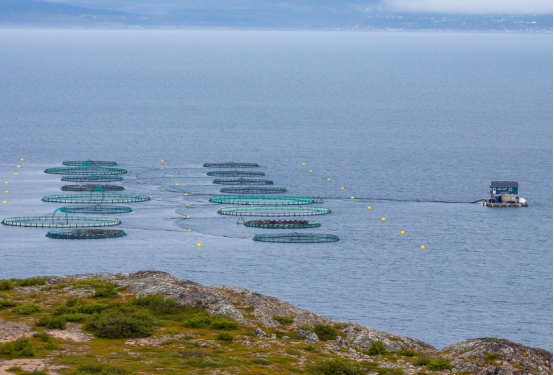
RAS forFinfish
(1) Water Treatment Process Flow
Main Recirculation Loop:
Fish Tank → Enclosed Automatic Drum Filter → Circulation Pump → Protein Skimmer (with Ozone Injection) → Elevated Biofilter → Channel-Type UV Sterilizer → Heat Exchanger → Inline Oxygenator → Fish Tank.
Makeup Water Treatment Process:
High-Tide Seawater → Primary Earthen Sedimentation Pond (Lined) → Sand Barrier Filter → Secondary Sedimentation Pond (Lined) → Lift Pump → Sand Filter → Protein Skimmer → Elevated Biofilter.
(2) Key System Components
Major Facilities:
- Four-stage Elevated Biofilter with Flow-Through Design
- Channel-Type UV Sterilization Tank
Core Equipment:
- Protein Skimmer
- Enclosed Automatic Drum Filter
- Inline Oxygenator
- Circulation Pumps
- Plate Heat Exchanger
- Roots Blower
- Sand Filter (for makeup seawater)
- Liquid Oxygen Tank (External to Facility)
- Water Quality Monitoring/Display System
Ancillary Spaces:
- Control Room
- Equipment Storage
- Laboratory
- Water Quality Monitoring Room
(3) Key Technical Parameters
Water Quality Standards:
- SS: <7 mg/L
- DO: >8 mg/L
- COD: <35 mg/L
- Total Coliforms: <3,500 CFU/L
System Performance:
- Water Exchange Rate: 1 full cycle per 2–4 hours
- Production Capacity: >30 kg/m³ for Flatfish (e.g., Turbot/Flounder)
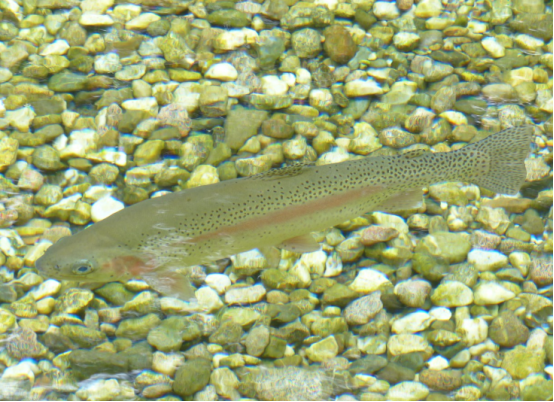
RAS for Shrimp
(1) Water Treatment Process Flow
China's primary cultured shrimp species include Fenneropenaeus chinensis (Chinese shrimp), Penaeus monodon (black tiger shrimp), Marsupenaeus japonicus (kuruma shrimp), Litopenaeus vannamei (Pacific whiteleg shrimp), Penaeus penicillatus (redtail shrimp), Fenneropenaeus merguiensis (banana shrimp), Metapenaeus ensis (greasyback shrimp), and Exopalaemon carinicauda (ridged white shrimp). Due to severe disease issues in traditional open-pond systems, healthy shrimp farming has evolved in two directions:
① Integrated ecological farming in supralittoral/intertidal zones
② Land-based high-density RAS
Chinese shrimp, Japanese shrimp, spotted prawns, etc. because of life habits, less use of factory recirculation water culture, the most suitable for factory high-density culture of species is the South American white shrimp.
The optimized RAS process for shrimp:
Shrimp Culture Tank → Sedimentation Tank → Sand Filter → Integrated Ecological Culture Pond → Lift Pump → Elevated Biofilter → Shrimp Culture Tank
Makeup water is supplied from a reservoir to the biofilter. Multiple independent water treatment systems can be deployed based on farm scale to accommodate different species and simplify management.
- Key facilities include:
- Shrimp culture tanks
- Water storage reservoir
- Biofilter
- Sedimentation tank
- Sand filter
- Integrated ecological culture pond
(2) Major System Components
① Shrimp Culture Tanks
- Shape: Rectangular (2-3:1 length-to-width ratio) for space efficiency
- Area: 500-2,000 m²
- Depth: 1.8-2.0 m
- Slopes:
- Side walls: 1:1.5 to 1:2
- Bottom: 1:1,000 to 1:2,000 gradient
- Features:
- Inlet/outlet gates on shorter sides
- Impermeable lining (clay or geomembrane) for porous soils
② Water Storage Reservoir
- Function: Provides makeup water to biofilter via pumping
- Design:
- Tidal-influenced construction preferred
- Surface area ratio to culture tanks: 1:1.5 to 1:2
- Capacity sufficient for ≥1 production cycle (closed-loop operation prevents pathogen introduction)
- Small-scale alternatives:
- Filtered wells
- Permeable reservoirs
Ecological Benefits:
- Solar disinfection: Daily UV exposure
- Natural aeration: Wind-driven surface waves maintain high DO
- Microbial/algaldevelopment: Substrate forms bioactive communities for water purification
- Field data shows coastal reservoirs maintain stable water quality when isolated from external contamination.
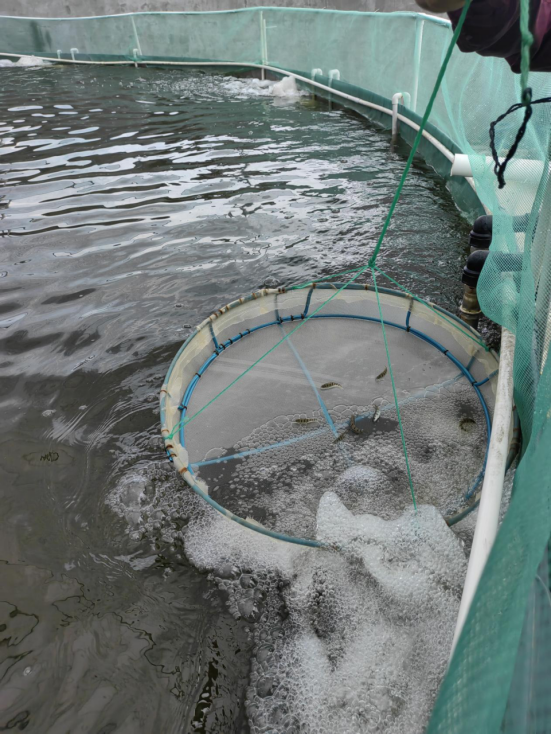
RAS for Sea Cucumber
Sea cucumber RAS requires particular attention to energy efficiency and cost reduction, especially during winter when thermal energy demands are high. Beyond designing energy-efficient facilities, water recycling significantly reduces heating costs by reusing thermally conditioned effluent. The system design focuses on effective water treatment and energy-saving temperature regulation.
(1) Water Treatment Process Flow
The optimized process for sea cucumber culture:
Culture Tank Effluent → Sedimentation/Microscreen Filtration → Protein Skimmer (with Ozone Disinfection) → Biofilter/Integrated Biofilter → UV Sterilization → Temperature Regulation → Aeration → Culture Tank
(2) Analysis of Water Treatment Components
① Solid Removal Options
- Sedimentation Tank:
- Pros: Zero operational cost
- Cons: Lower removal efficiency vs. microscreens
- Microscreen Filtration:
- Options: Curved-screen filters, inline filters, drum filters
- Trade-offs:
- Curved screens: Lower particle removal but minimal energy use
- Automated drum filters: High efficiency but require energy input
② Protein Skimmer with Ozone
- Removes particles <30 μm and organic colloids
- Ozone benefits:
- Pathogen inactivation
- Dissolved organic matter (DOM) oxidation
- CO₂ stripping
- DO enhancement
③ Biofiltration System
- Conventional Biofilter:
- Microbe-coated media degrade dissolved organics and ammonia
- Integrated Biofilter (Recommended):
- Dual-layer design:
- Lower layer: Brush-type biofilm carriers
- Upper layer: Macroalgae (e.g., Ulva) for nutrient uptake and O₂ production
- Features:
- Light-transmitting greenhouse structure (daytime photosynthesis)
- Retractable thermal curtains (nighttime insulation)
- Multi-hopper bottom drains
- Fine-bubble aeration at tank base
- Dual-layer design:
④ UV Sterilization
- Channel-type UV units: Simple, low-maintenance solution for sea cucumber RAS
⑤ Temperature Regulation
- Winter: Boiler heating
- Summer: Chilled deep seawater or refrigeration systems
⑥ Aeration
- Fine-bubble diffusers in biofilters enhance:
- DO levels
- Biofilm activity
Facility Layout
- Small/medium farms: Co-locate treatment and culture units in one building
- Large farms: Dedicated water treatment plant with distributed supply
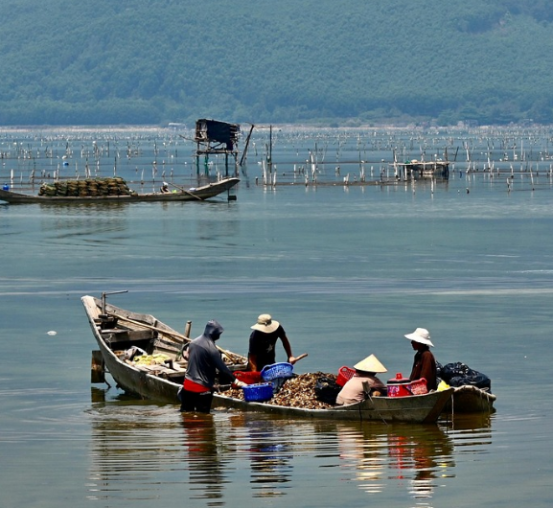
RAS for Abalone
In natural habitats, abalone predominantly inhabit rock crevices, caves, and ledges within algal-rich zones characterized by pristine water quality and strong currents. Given their high water quality requirements, abalone RAS must maintain:
- Minimal suspended solids
- High transparency
- Low dissolved organic pollutants
- Elevated dissolved oxygen (DO >6 mg/L)
① Water Intake Structures
To avoid direct use of potentially contaminated tidal waters, coastal intake structures are essential:
- Tidal reservoirs
- Filter-bed wells
- Permeable storage ponds
These provide primary treatment before water enters the RAS treatment train.
② Water Treatment Process
Optimized Process Flow:
Abalone Culture Tank → Microscreen Filtration → Protein Skimmer (with Ozone) → Biofilter/Integrated Biofilter → UV Sterilizer → Temperature Regulation → Oxygenation → Culture Tank
Key Components:
- Ozone-Enhanced Protein Skimmer:
- Critical for pathogen control and organic removal
- Operated intermittently with UV for synergistic disinfection
- Integrated Biofilter Design:
- Upper zone: Suspended macroalgae (Gracilaria or Ulva) for nutrient uptake
- Lower zone: Brush-type biofilm carriers for microbial nitrification
- Base: Fine-bubble diffusers with multi-hopper sludge collection
- Dual Disinfection Protocol:
- Ozone (0.1–0.3 mg/L residual) for viral/bacterial control
- UV (40 mJ/cm²) as secondary barrier
③ Temperature Regulation
Seasonal Strategies:
| Season | Method | Target Temp |
| Summer | Deep seawater wells | 16-18℃ |
| Chillers | ||
| Winter | Geothermal wells | 10-12℃ |
| Coal-fired boilers |
Contact the JUNTAI aquaculture team to efficiently optimize your aquaculture plan for you.




